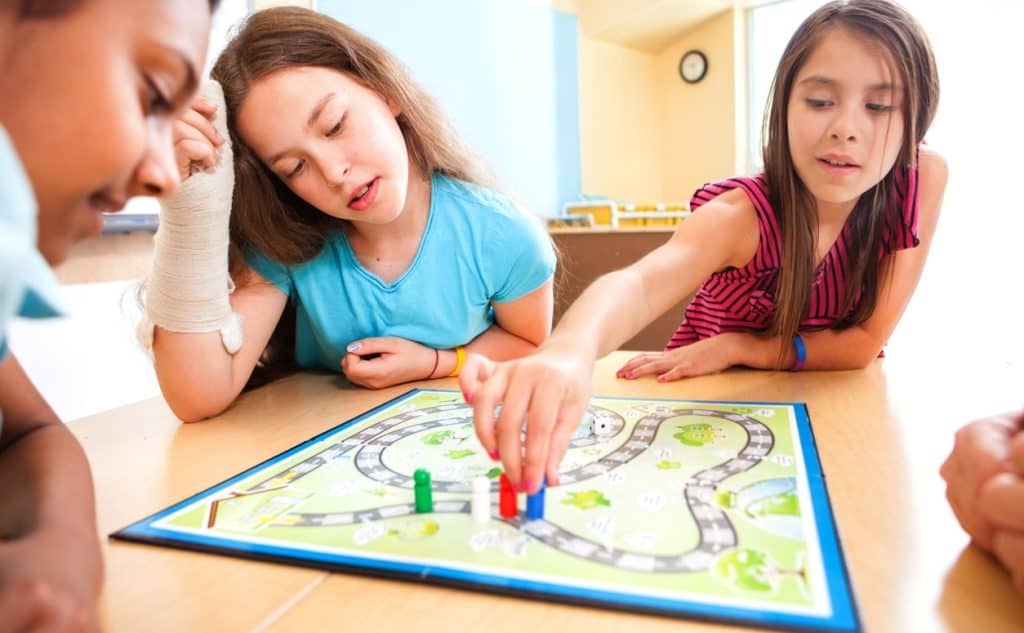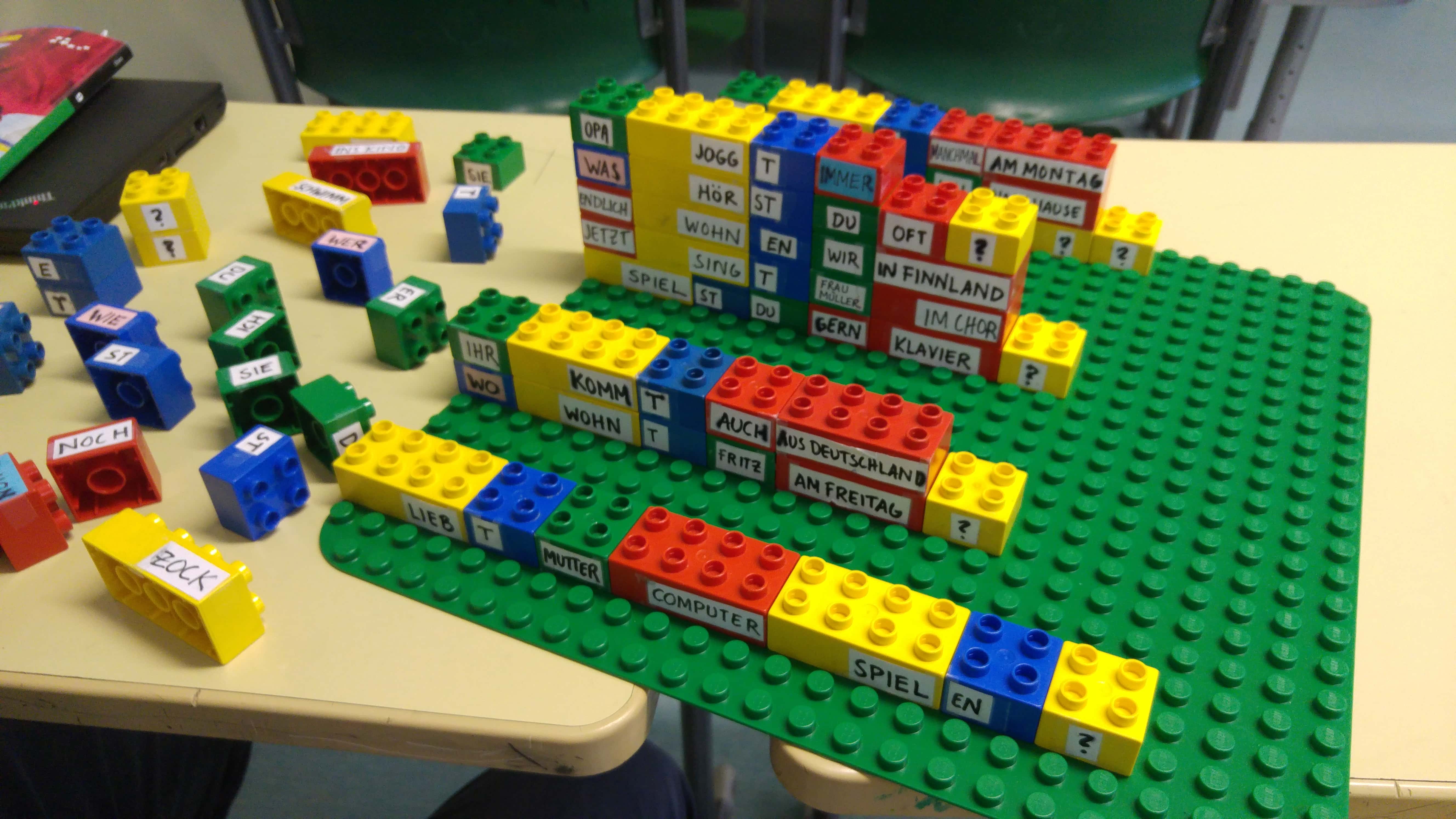Anyone who has ever tried to learn a new skill knows that it takes time. Whether it’s learning to juggle, how to paint or studying a new language, lots of patience is required and progress can sometimes be painfully slow. But while mastering a new skill can be a challenge, there’s no reason for it to be a boring or unenjoyable experience.
The use of games in the language learning classroom can be a fun way to engage your students. As the old saying goes: “Tell me and I’ll forget. Show me and I may remember. Involve me and I’ll understand”, and games can be a great way to bring that involvement to life! This blog post outlines why games are such a powerful language learning tool and shows how language educators can use them most effectively to get students even more involved in their language learning.
Games in language classroom as a language teaching approach
The use of games as a tool for language teaching is very well-established. In 1984 when Wright, Betteridge and Buckby published ‘Games for Language Learning’ the benefits were already clear and well established:
“Language learning is hard work… Effort is required at every moment and must be maintained over a long period of time. Games help and encourage many learners to sustain their interest and work.”
More recently, language teaching has focused on building students’ communicative competence, which has encouraged educators to prioritise task-oriented activities which engage their students in creative and highly realistic language use. Games fit this approach well and have a purpose beyond the production of correct speech. They can therefore serve as excellent communicative activities (Saricoban & Metin 2000).
The benefits of using language learning games
For some language teachers, the idea that games can be beneficial for their students may be difficult to understand. Indeed opponents argue that games are an indulgence and are contrary to best classroom practice. Yet a more extensive body of research clearly identifies a wide variety of benefits associated with the use of games in the language classroom. A summary of the main points follows below.
- Use of target language – Clearly this is the ultimate objective for any classroom activity, but game play specifically requires students to use the target language to participate, communicate, persuade and negotiate with other players to win. As such, students are making extensive use of their productive and receptive language skills.
- Fun – Games are enjoyable and can help prevent lessons from being ordinary and boring. They create a positive classroom environment by attracting and retaining learners’ interest and engagement.
- Low stress – Whilst playing a game, students switch from focusing on their use of language to trying to win. As such the fear of negative comments can be reduced and learners with low confidence can fully participate. Communicative fluency can therefore be more easily developed.
- Universal – The common misconception is that games only work with younger learners, but they can be equally powerful with adults, who are often more nervous about classroom participation.
- Motivational – Games introduce an element of competition into language learning which can help create a purposeful use of language (Prasad 2003). Engagement and motivation for learning is, of course, increased where students see the relevance and impact of what they’re learning.
- Student-oriented – As Chen identifies most students who have experienced game-oriented activities hold positive attitudes towards them (Uberman 1998). Moreover, research by Huyen and Nga (2003) found that students liked “the relaxed atmosphere, the competitiveness, and the motivation that games brought to the classroom.”
- Effectiveness – Huyen and Nga’s research also found that students learnt at an increased pace and retained more of the key information through playing games compared to learning through rote methods.
Using games effectively in the language classroom
Like all teaching activities, it’s best not to suddenly break out into a game without taking the time to carefully plan how things might work. Otherwise chaos usually ensues!
First things first, whichever game you decide to play it must be suitable for your classroom, your students and fit with the lesson objectives it is designed to achieve. Think about the ability of your students, the levels of difficulty, how you’ll explain the rules, how will everyone get involved and how much of the lesson should it take up. Of course, playing a game should always be the best approach available for you rather than an “easy” compromise.
Huyen and Nga reiterate the importance of planning and preparation in their work:
“In order to achieve the most from games, it is essential that suitable games are chosen. Whenever a game is to be conducted, the number of students, proficiency level, cultural context, timing, learning topic, and the classroom settings are factors that should be taken into account.”
Games can also be used by teachers in a wide variety of scenarios. They are equally powerful at the beginning of a lesson to set the scene, during class to deliver a key learning objective or at the end of a lesson if you’ve some spare time to fill. Importantly, games can also be used to develop a wide variety of language skills – to practise / test new vocabulary or grammar points in groups or pairs, as a prompt for writing work or as a speaking exercise as players try to convince / persuade their classmates.
Whatever game you’re planning to play, it’s essential to explain the rationale of the game to the students in the class. Ensure that all students are aware of the learning benefits of the activity – without this step, students can mistakenly assume that you’re just wasting time by adding a fun element to the lesson.
It’s worth noting that games (like all learning activities) don’t automatically appeal to all language learners. Learners who are struggling with their studies already will be concerned about further exposing themselves to criticism. Equally, it’s important to maintain a balance – too many games and students begin to wonder what learning is actually going on!
Finally if you’re looking for inspiration on the games to play in your classroom then there’s some great ideas to try out here.
Whatever language you teach and whatever age your students are, Sanako’s teacher-led language instruction tools include a wealth of unique features that help language educators teach languages more efficiently and more successfully. It’s why the world’s leading educational institutions choose Sanako as their preferred supplier to support online and in-person lesson delivery.
If you are interested in learning more about how Sanako products support language teachers and students and would like to see how they could benefit your institution, book a FREE remote demo now to see them in action.


